The stars of Mario Schifano
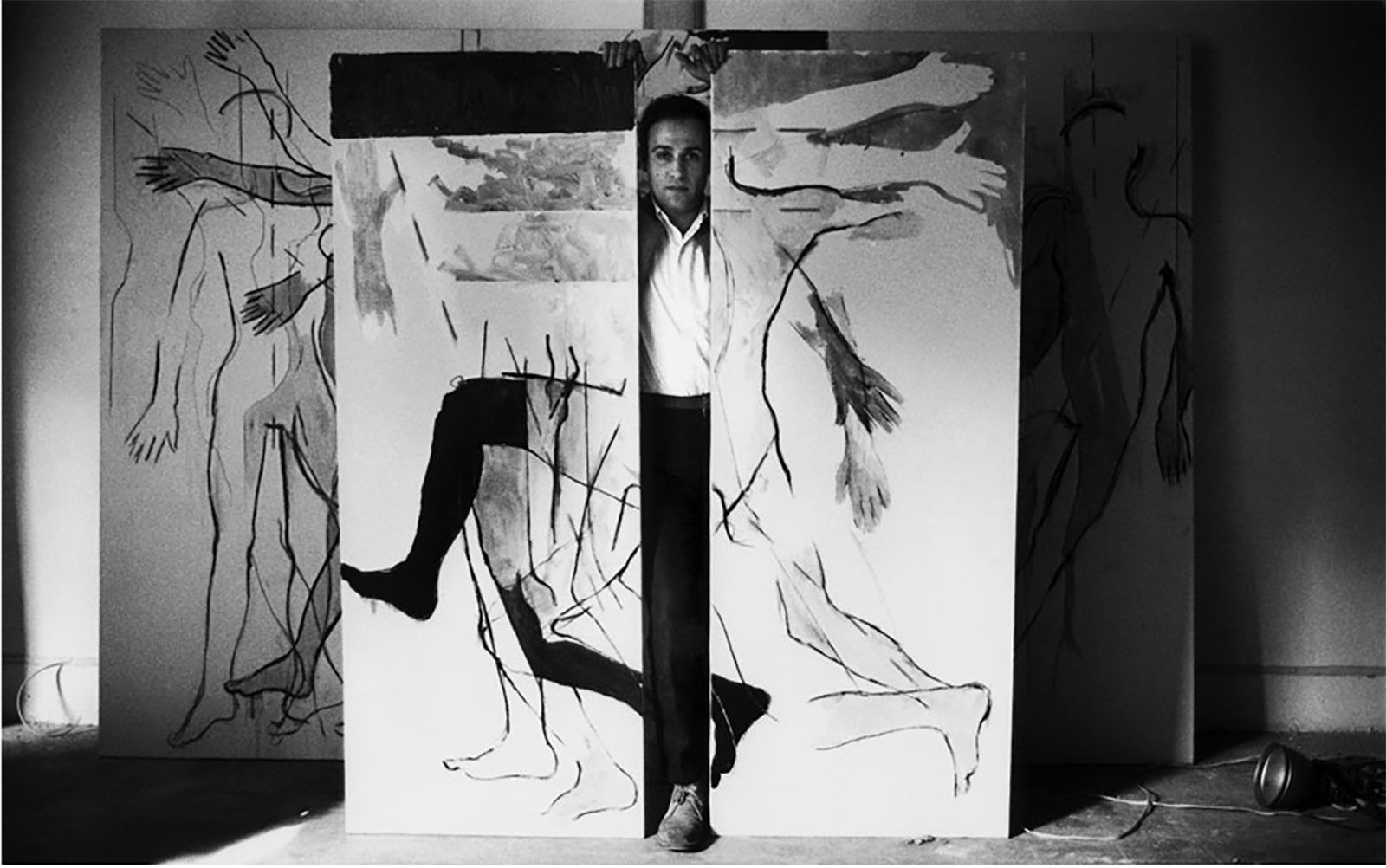
Mario Schifano, 1967. Photo: Ugo Mulas © Ugo Mulas Heirs. All rights reserved. Artwork: © Mario Schifano, DACS 2019
“Maybe childhood is never over for me, not even now that I’m quite advanced in years. I don’t want to appear presumptuous but by childhood I mean the possibility of continuing to observe the world with a… magical look.”
Mario Schifano (1934-1998) was often known as the enfant terrible of the art world. While his vibrant lifestyle certainly earned him the status of a Rock Star in Italy’s art scene of the late 1960s, his artworks have significantly informed postmodern painting. Today, Schifano is recognised as one of Europe’s most important artists of this period and due to his appropriation of logos is often associated with the leading figures of Pop-Art. While its difficult to assign his oeuvre to one movement exclusively, his legacy remains saturated by his vibrant lifestyle, celebrity studded social circle and furthermore an exciting new talent that emerged amongst Italy’s thriving avant- garde.
In 1934 Schifano was born in Khoms, Libya, during the Italian colonisation. His father had relocated there as employee of of the Ministry of Education and as archeologist who collaborated with the renowned Renato Bartoccini, the superintendent of antiquities in Tripoli, Taranto and Rome. Following in his father’s footsteps, Schifano began working as apprentice in the National Etruscan Museum of Villa Giulia when the family returned to Rome shortly after the end of the Second World War.
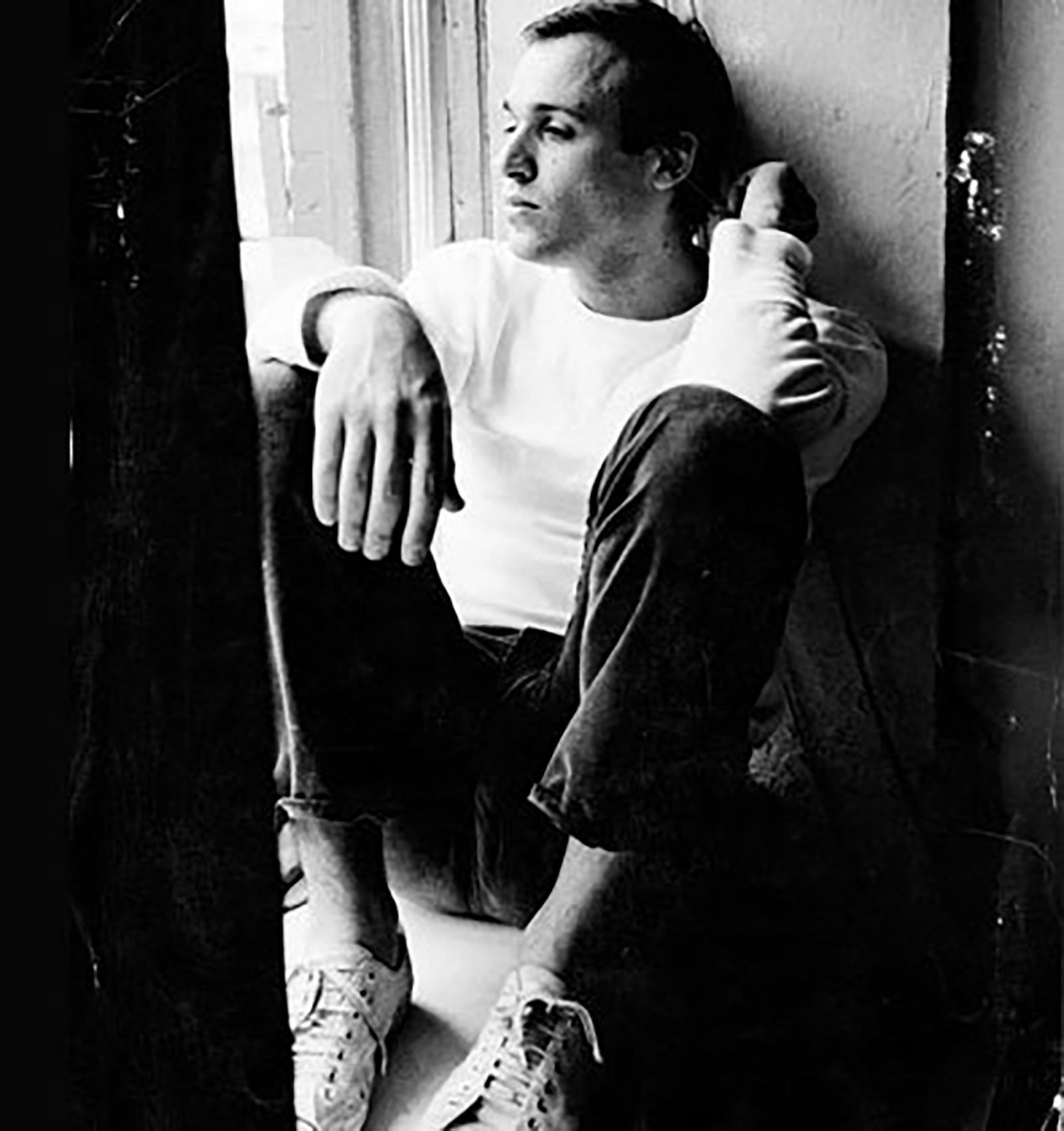
Young Mario Schifano
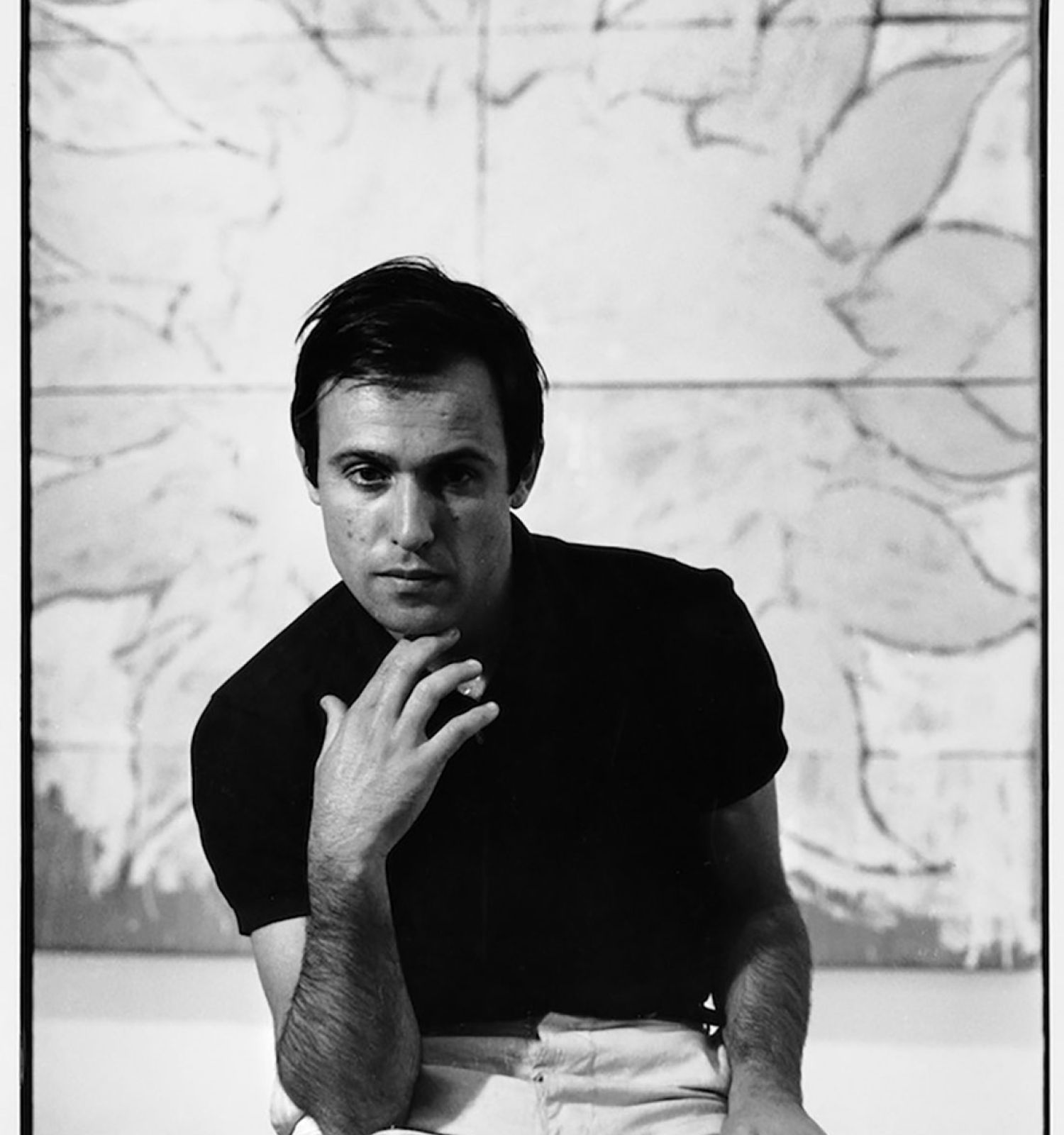
Mario Schifano, O sole mio, 1963. Courtesy Archivio Mario Schifano
“I was only in third grade. It was a form of voluntary masochism. But it was a necessity: I had to tear the umbilical cord with the family”.
It is in this period that the young Mario Schifano embarked on an exploration of the visual arts. Dropping out of school, his ambitious and rebellious character established itself within his practice early, experimenting with informel art and performative influences. In 1960 he made his debut of paintings with a group show at the influential La Salita Gallery in Rome. Titled “Five Roman painters: Angeli, Festa, Lo Savio, Schifano, Uncini” the show was curated by the acclaimed art critic Pierre Restany and ultimately catapulted Schifano onto the scene. His series of monochrome paintings immediately attracted the attention and the interest of critics and collectors, earning the artist his first solo exhibitions as well as formal recognition such as the Lissone Prize for “Young International Painting”.
Following this grand success in Italy, the artist is invited to show his works in the seminal 1962 exhibition “International Exhibition of the New Realists” at Sidney Janis Gallery in New York. Bringing together household names of Pop-Art including Marisol, Roy Lichtenstein, Andy Warhol, Claes Oldenburg and Christo, the landmark exhibition was the first large-scale survey of contemporary art that would later be considered as pivotal in the establishment of Pop-Art as genre. Critically acclaimed and exhibited widely within Italy as well as the United States at this point, Schifano’s early monochrome canvases captured the attention of renowned art dealer Ileana Sonnabend, with whom the artist gained further recognition during their collaboration.
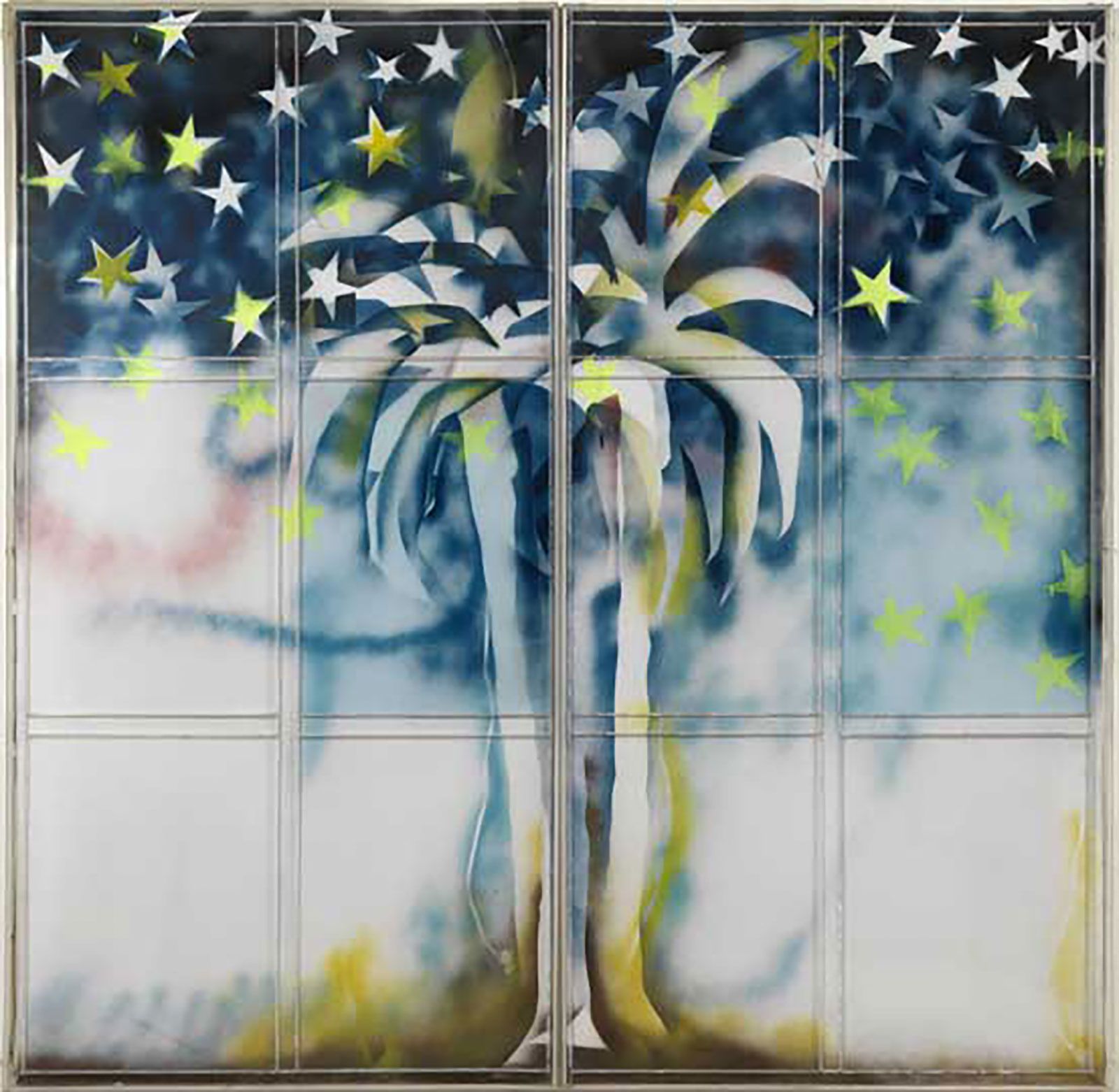
Tutte stelle + particolare dell’oasi (1967), Mario Schifano. Courtesy of Luxembourg & Dayan, London
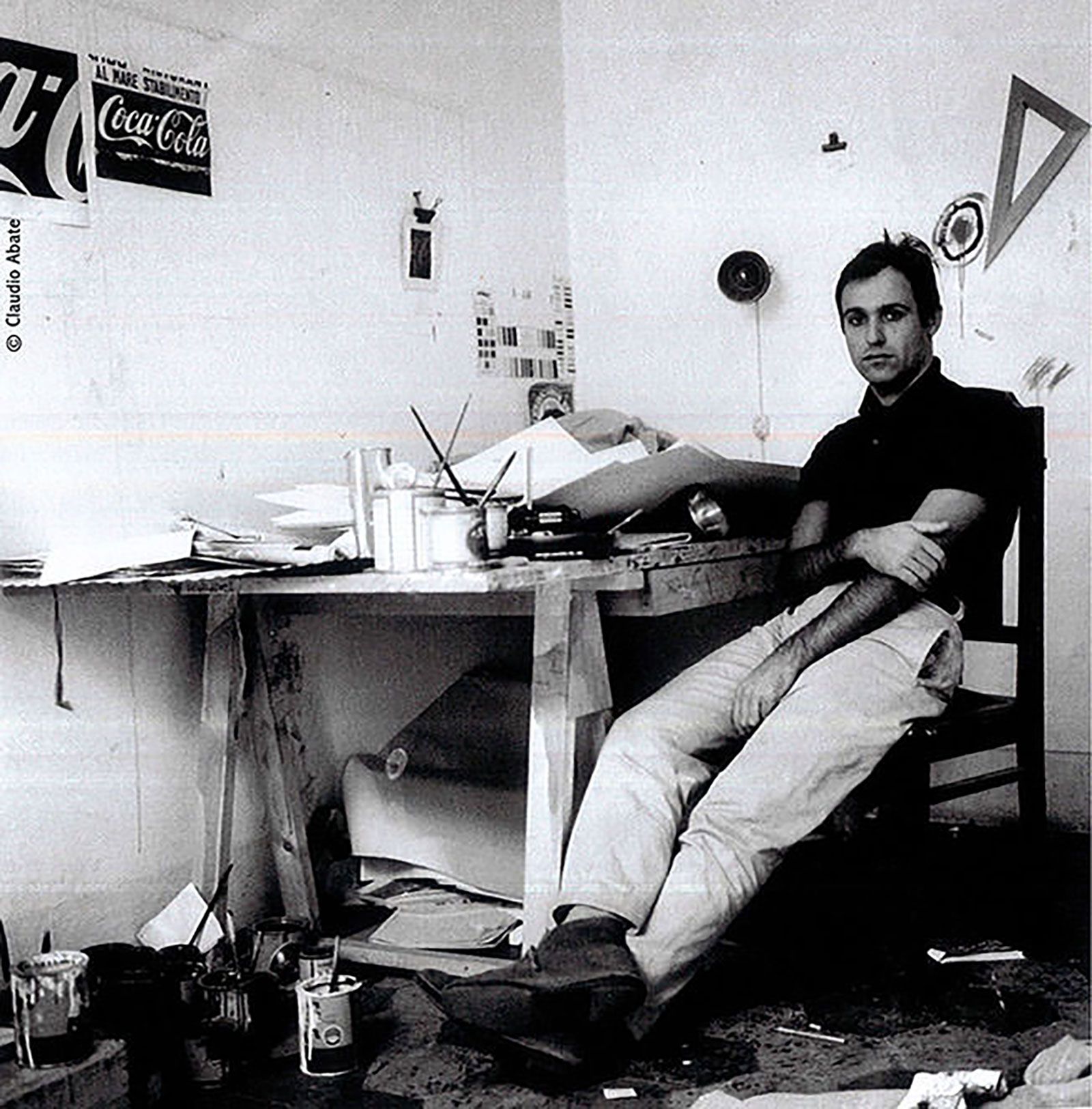
Mario Schifano in his studio
During the 1960s, Schifano’s body of work became increasingly influenced by the presence of advertisements within the Roman cityscape. Through the exploration of popular culture and the appropriation of symbols such as corporate logos, his works were often exhibited alongside the celebrated American Pop-Artists of the time, establishing Schifano as one of the most important representatives of European Pop- Art. Contrary to some of the other Pop-Art aesthetics celebrating consumerism, the Italian artist often deconstructed and isolated fragments of the recognisable logos in an effort to visually undermine the commercialisation of culture. A lot of the paintings of this time even carry the title “propaganda”, further insinuating a social critique.
“I did my work at the same time, and not subsequently, with pop art. They made pop art and imposed it, almost like a political fact”.
The Italian writer Goffredo Parise described Schifano once as “A little puma whose musculature and sprint is not suspected”. In this unsuspected manner, the artist’s practice continously developed in a preeminent spirit alongside the rise of succeeding art movements such as Arte Povera. Schifano often utilised everyday material when constructing and composing his canvasses, much in the spirit of the Arte Povera artists. With time, in the late 1960s the artist increasingly aligned himself with leftist anti- government groups across the country. Exploring political issues such as the Vietnam War, Schifano documented widespread social unrest around the world by employing alternative media such as photography and film.
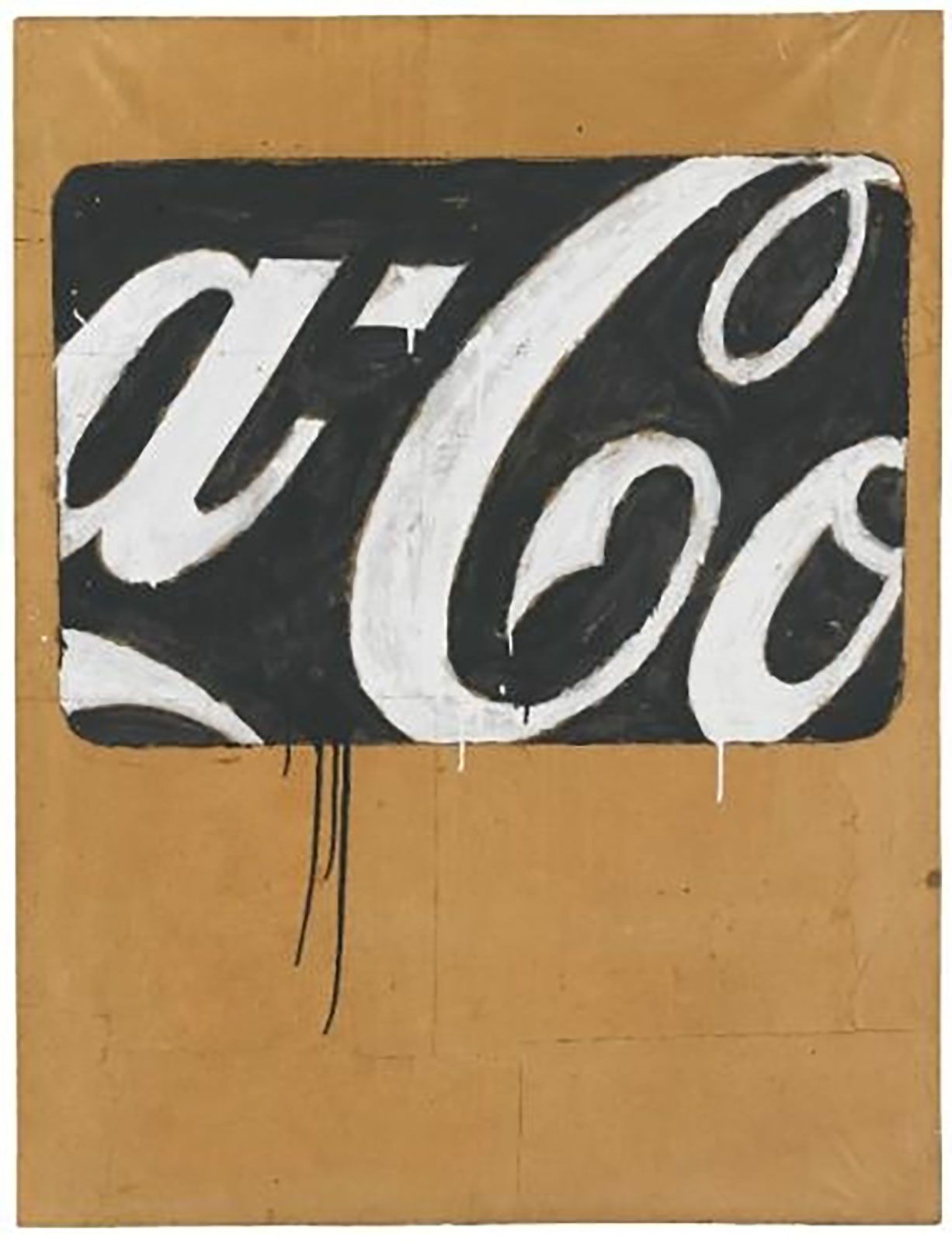
“Propaganda” (1962), Mario Schifano
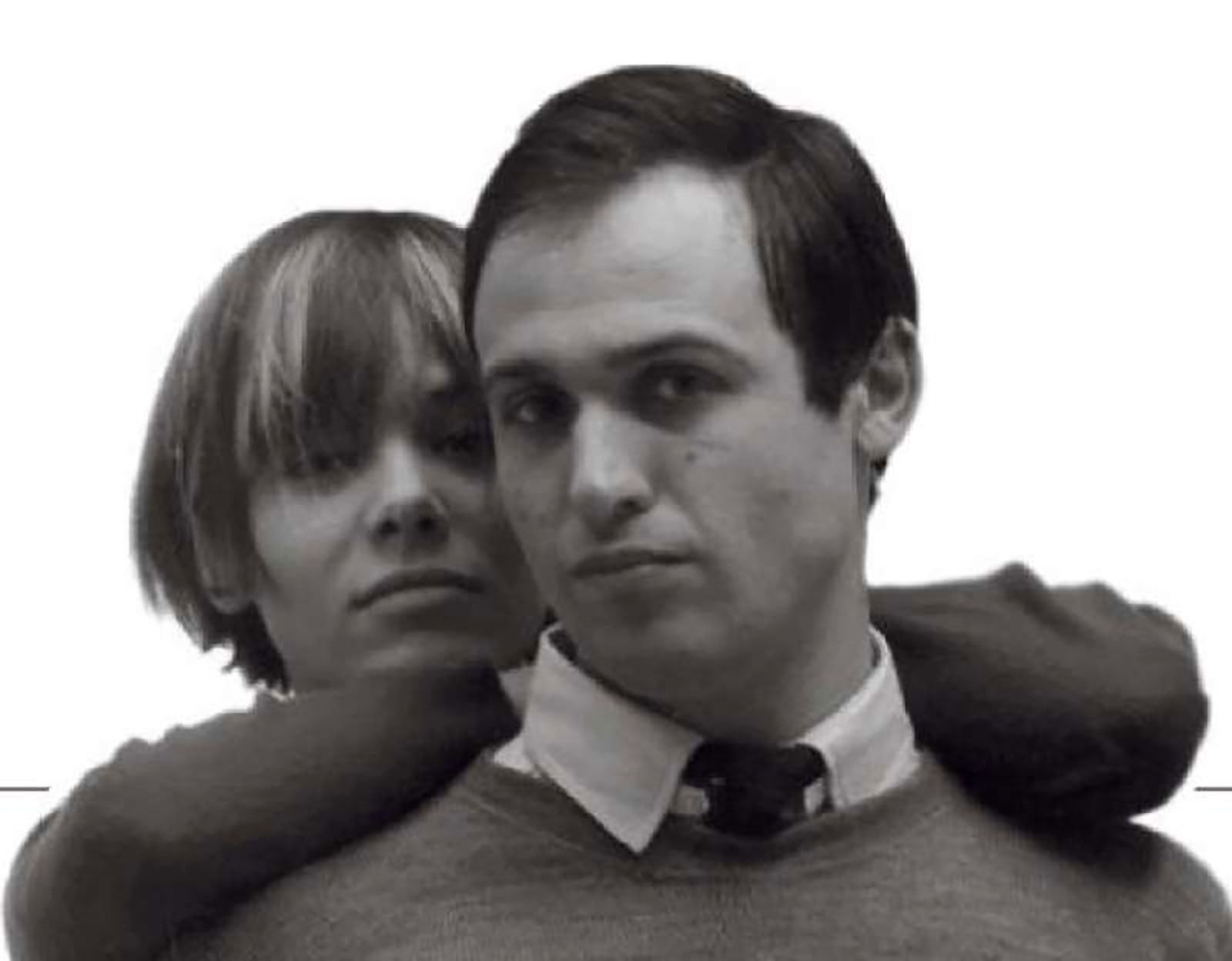
Anita Pallenberg with Mario Schifano
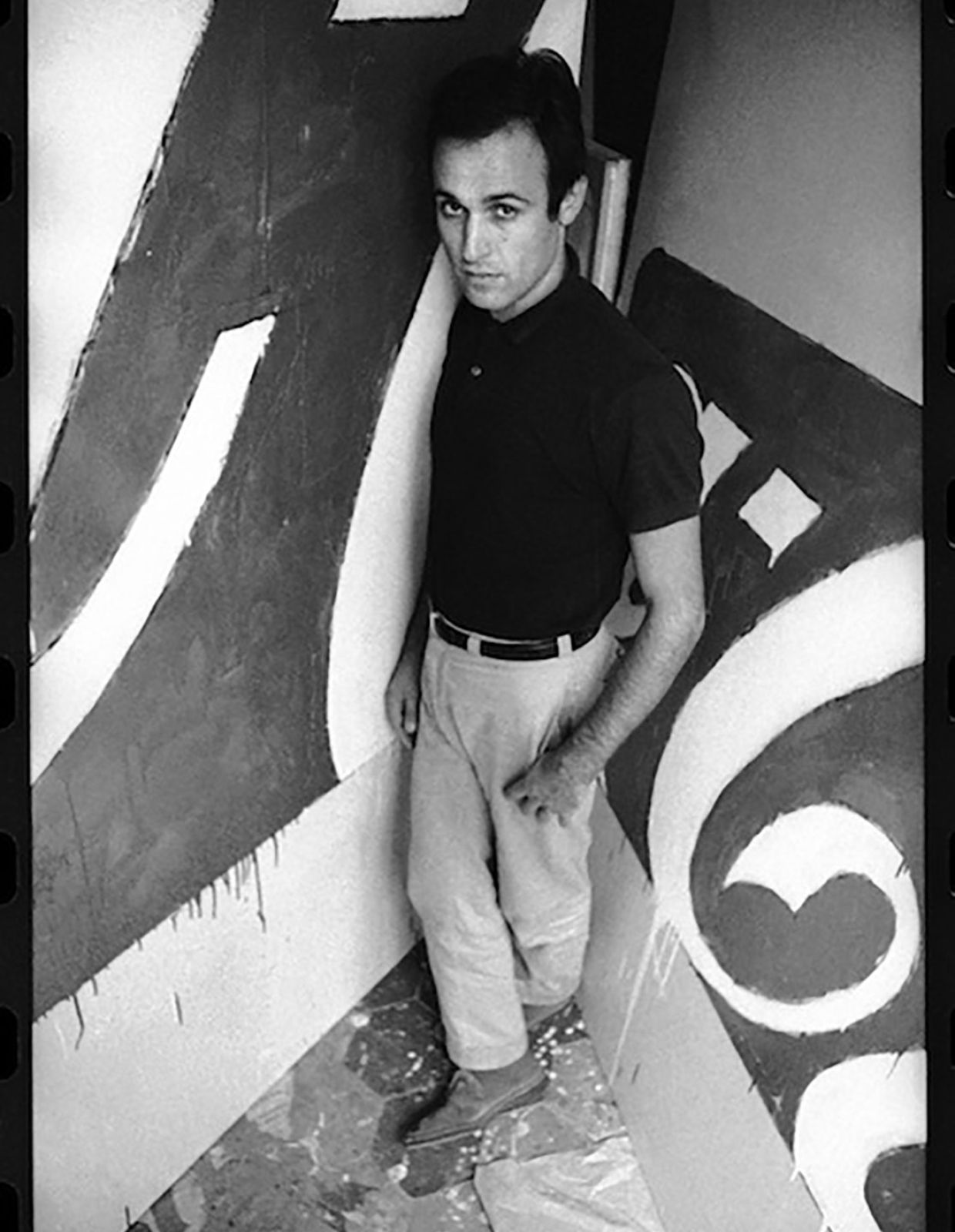
Mario Schifano in 1962
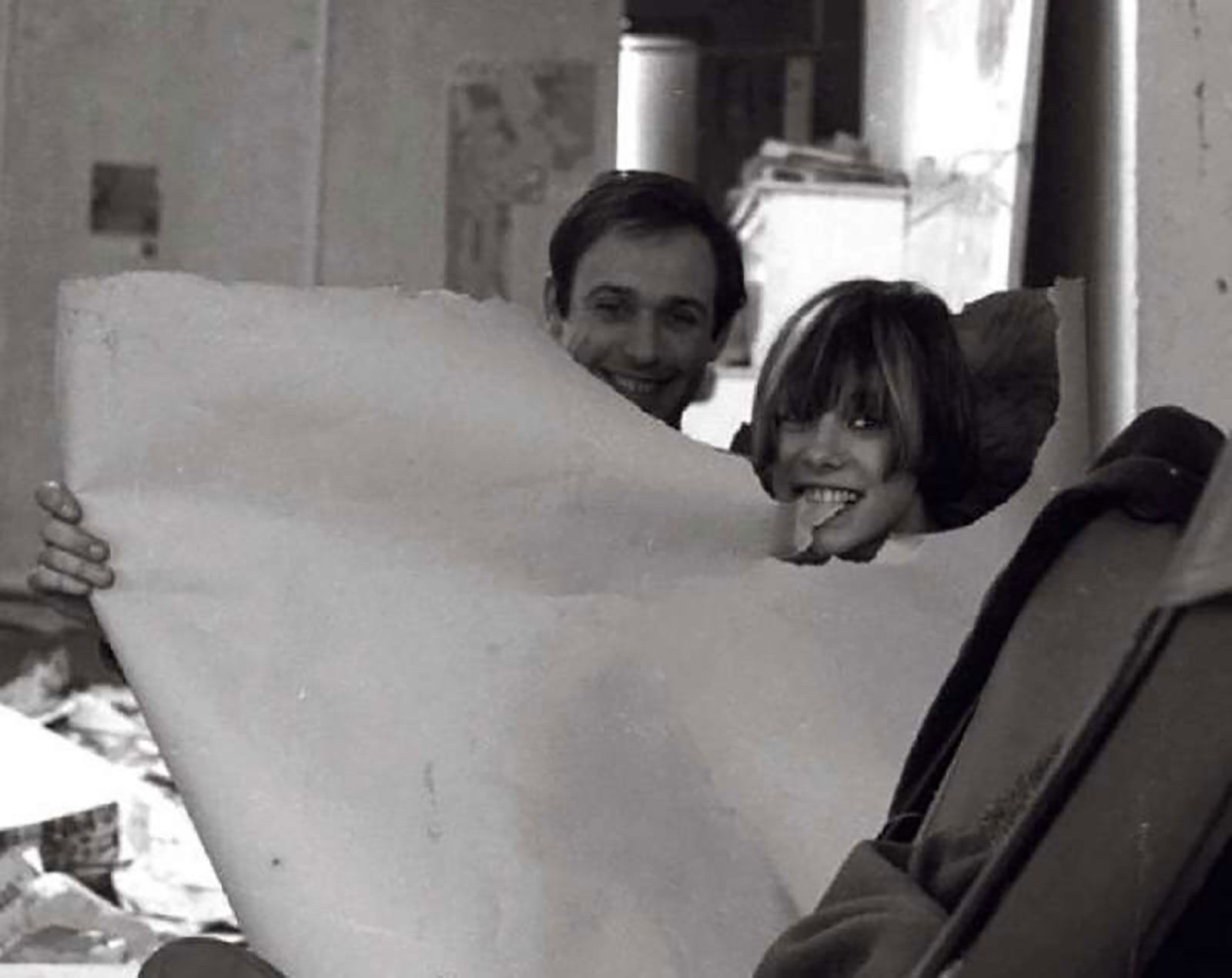
Anita Pallenberg with Mario Schifano
“By now it had become a game. Every time some finance or police officer wanted to make a career, he would come to me and arrest me”.
“Le Stelle di Mario Schifano”, “The Stars of Mario Schifano”, an underground psychedelic rock group, not only carried the artist’s name, but was briefly managed by Schifano in an artistic collaboration. In reference to one of the artist’s main leitmotifs, the figurative stencilled stars, the group was emblematic of the artist’s wild spirit. Schifano’s colourful life was characterised by struggles with addiction, earning him six separate prison sentences, limelight relationships with Anita Pallenberg, or Marianne Faithfull who famously left Mick Jagger for him. At times referred to as Italy’s Andy Warhol, Mario Schifano certainly embodied the wild 1960s and 70s, leading the artist himself to label his career as cursed. His visual practice however over the years and since his death, has consistently remained critically acclaimed as he left behind a productive, challenging and always pioneering body of work.
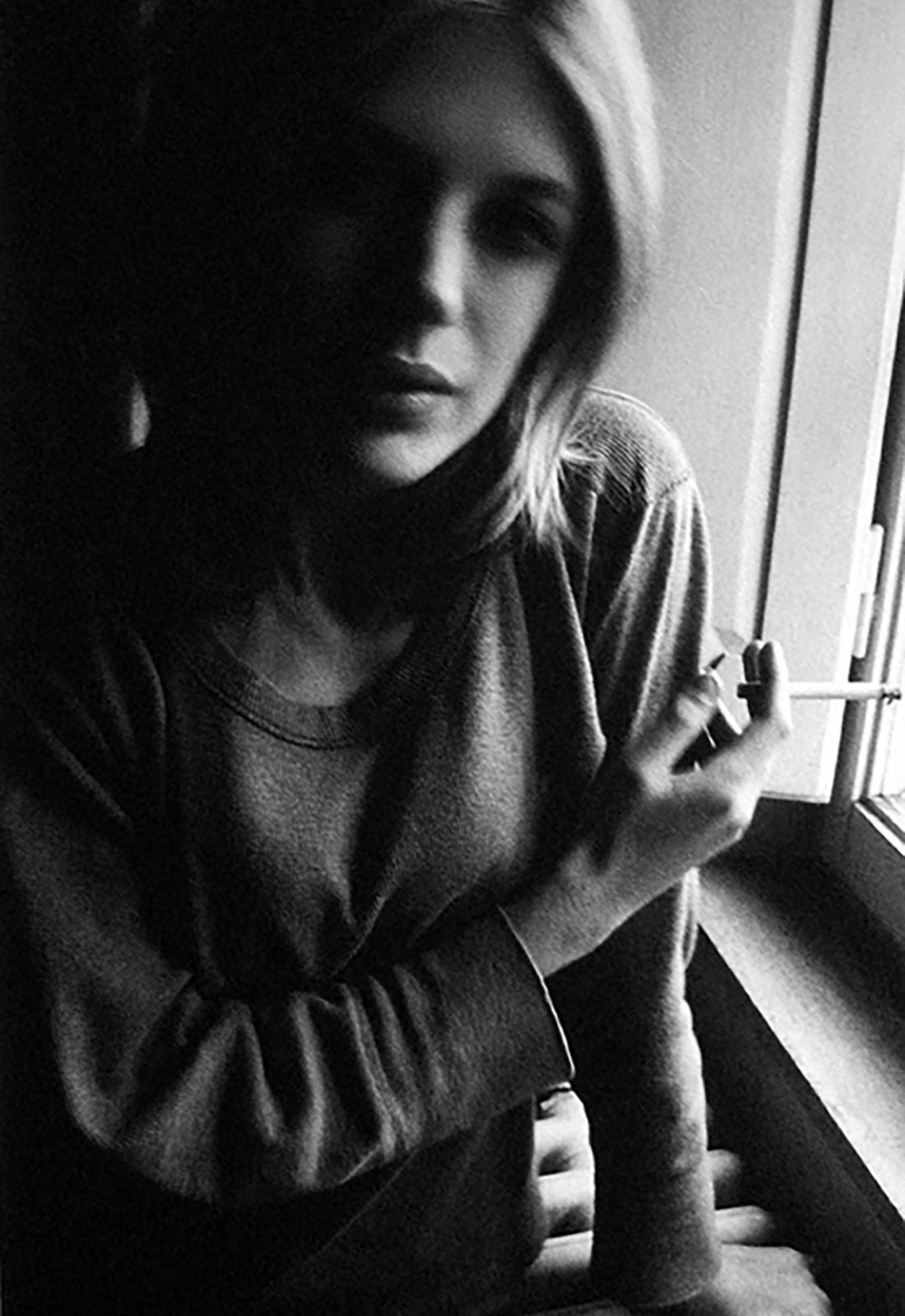
Photo of Marianne Faithfull by Mario Schifano, 1986
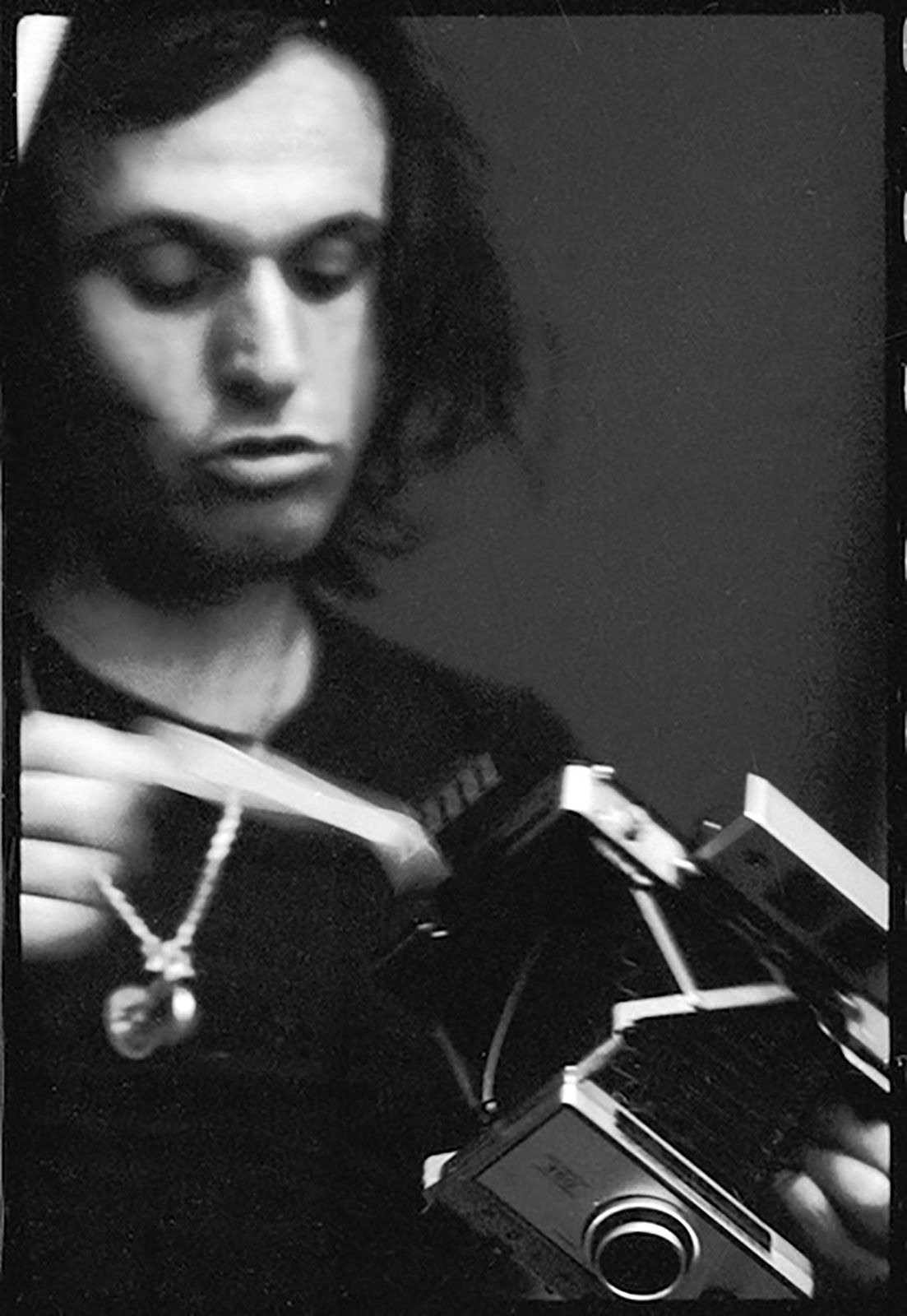
Photo of Marianne Faithfull by Mario Schifano, 1986
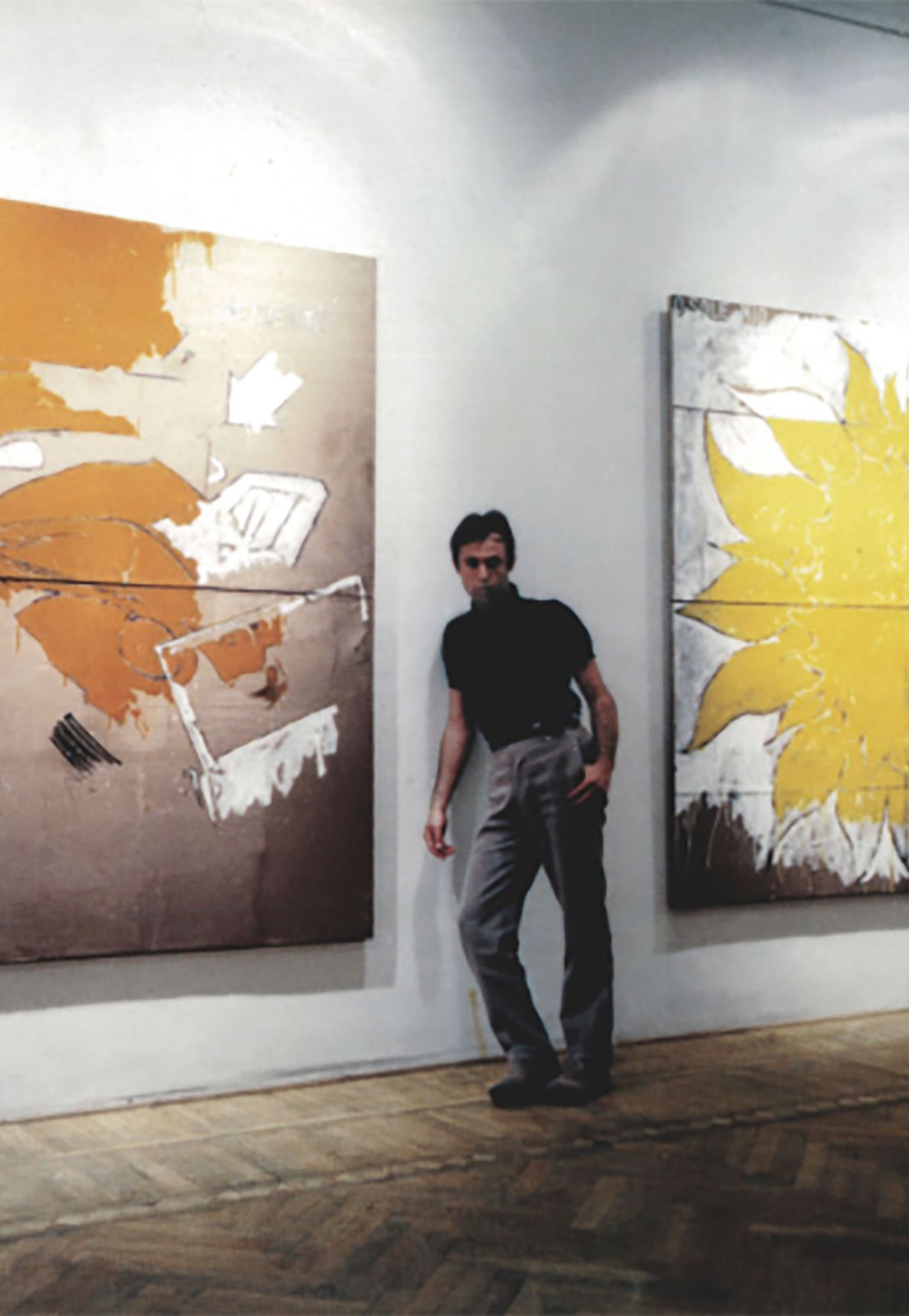
Mario Schifano, at the exhibition of Galleria Odyssia, Roma, 1963, Courtesy Archivio Mario Schifano, Roma